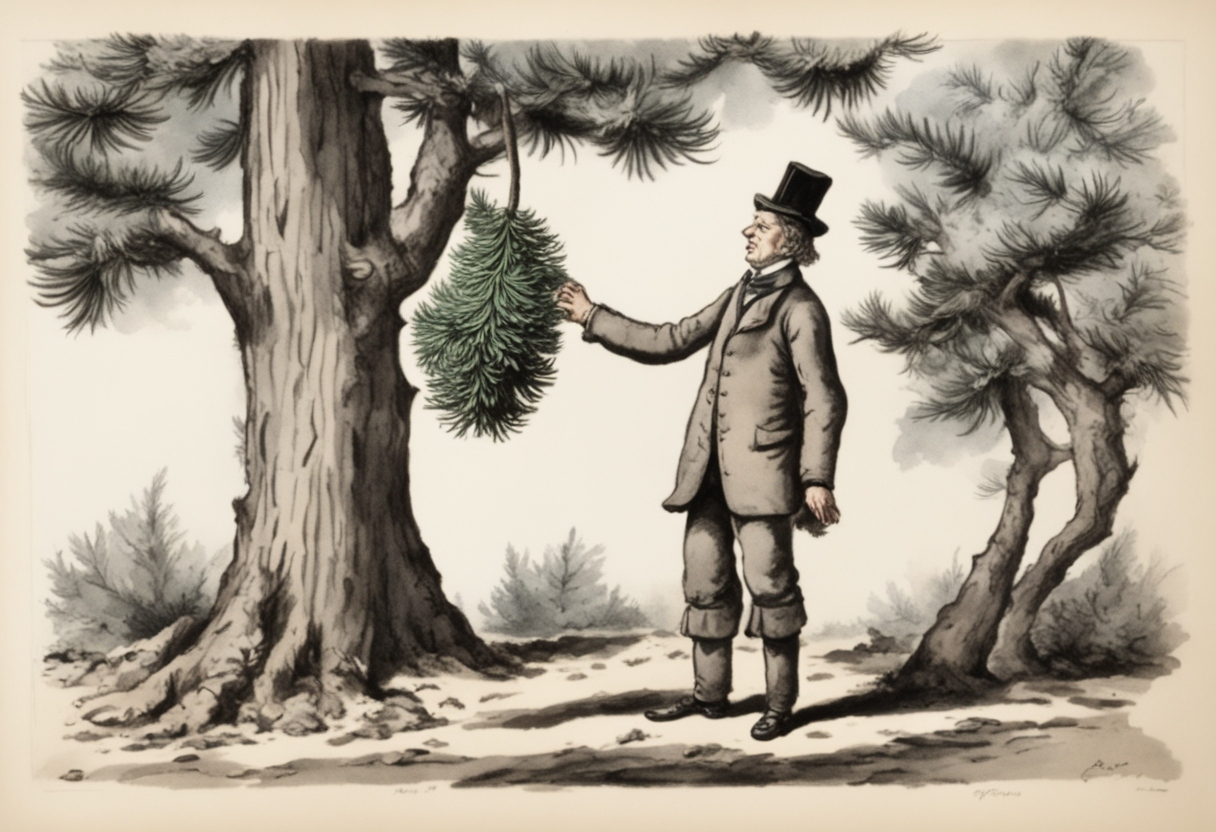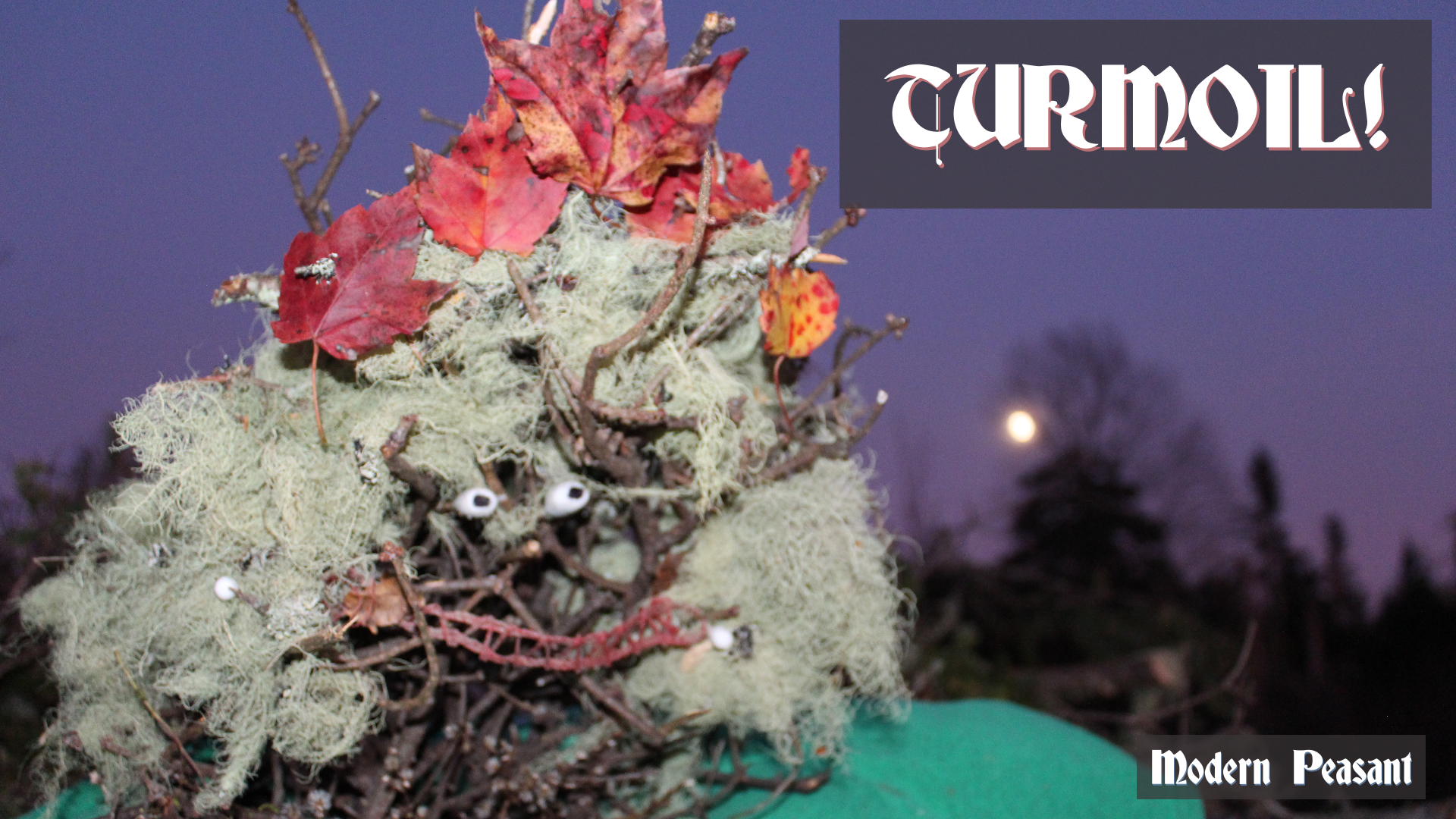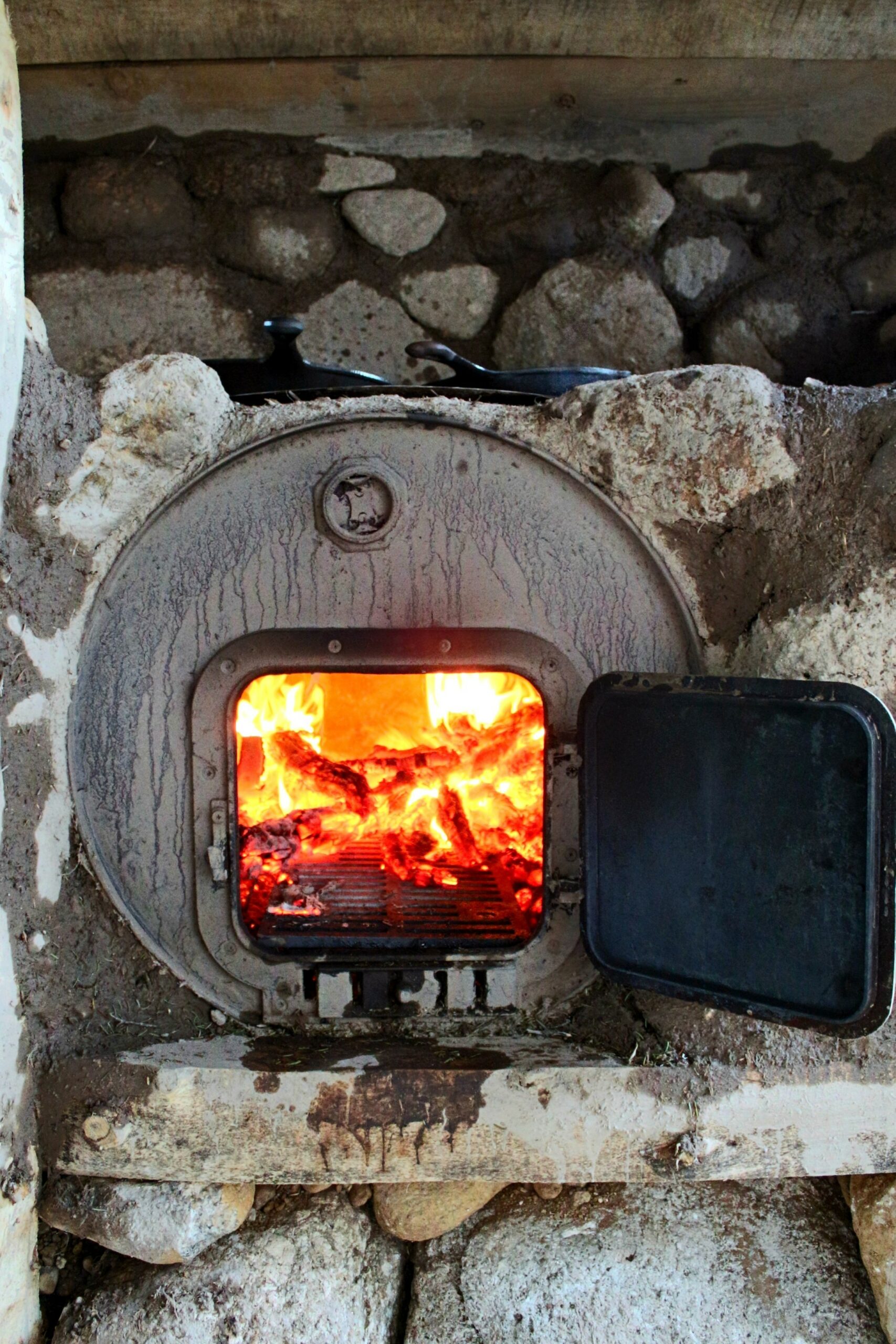Cob As A Building Material.
“No house should ever be on a hill or on anything. It should be of the hill. Belonging to it. Hill and house should live together each the happier for the other.” – Frank Lloyd Wright
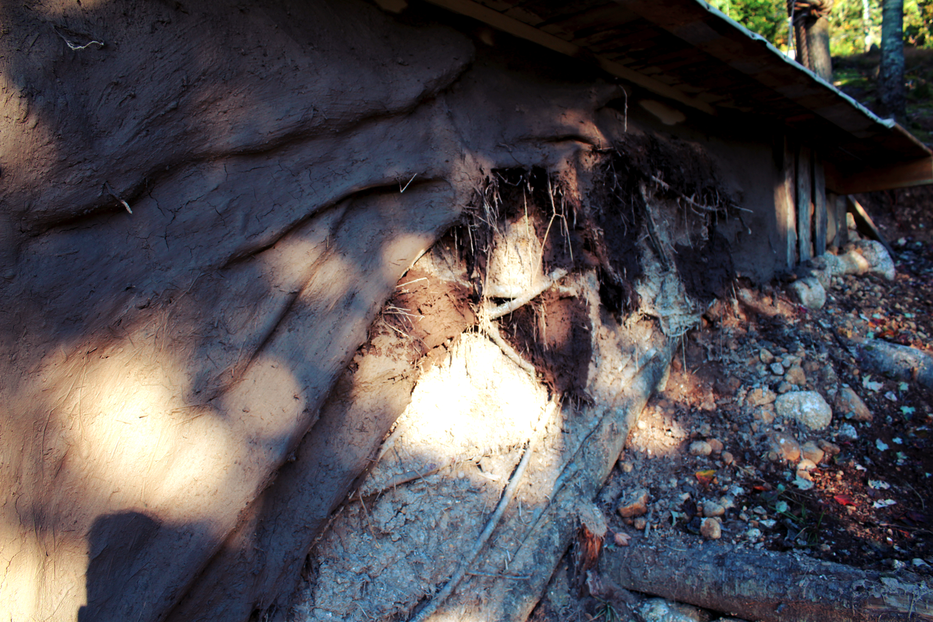
Cob is a type of building material that has been used for centuries for constructing homes, walls, and other structures. It is made from a mixture of clay soil, sand, and straw, and is often referred to as “earth building” or “mud building.”
To make cob, the clay soil and sand are mixed together in a 3:1 ratio (three parts sand to one part clay soil) until they are well blended. The straw is then added to the mixture, usually at a ratio of about 1:10 (one part straw to ten parts clay soil and sand). The straw helps to bind the mixture together and prevent cracking.
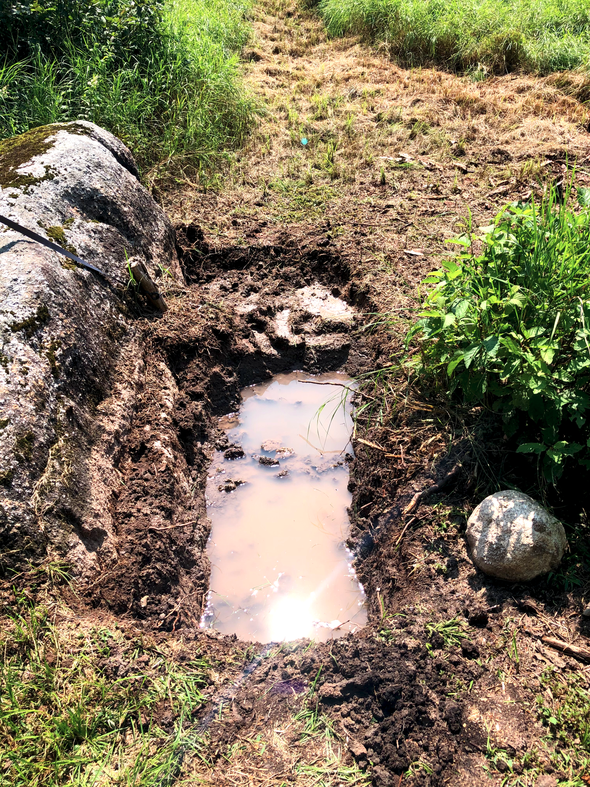
The river clay is very ‘clean’ and the sand very course so my mixture ended being about 1:1 with around 10% straw like material. This was all mixed in a cement mixture to unsure consistency…and save me auld back! Local soil conditions will always determine any cob ratio as will the medium or surface it is used on/adhered to.
There is some cracking due to the high clay content but that is remedied with a ‘slip’ coat or two of a more batter like consistency with low sand content. This results in quite a hard impact resistant surface.
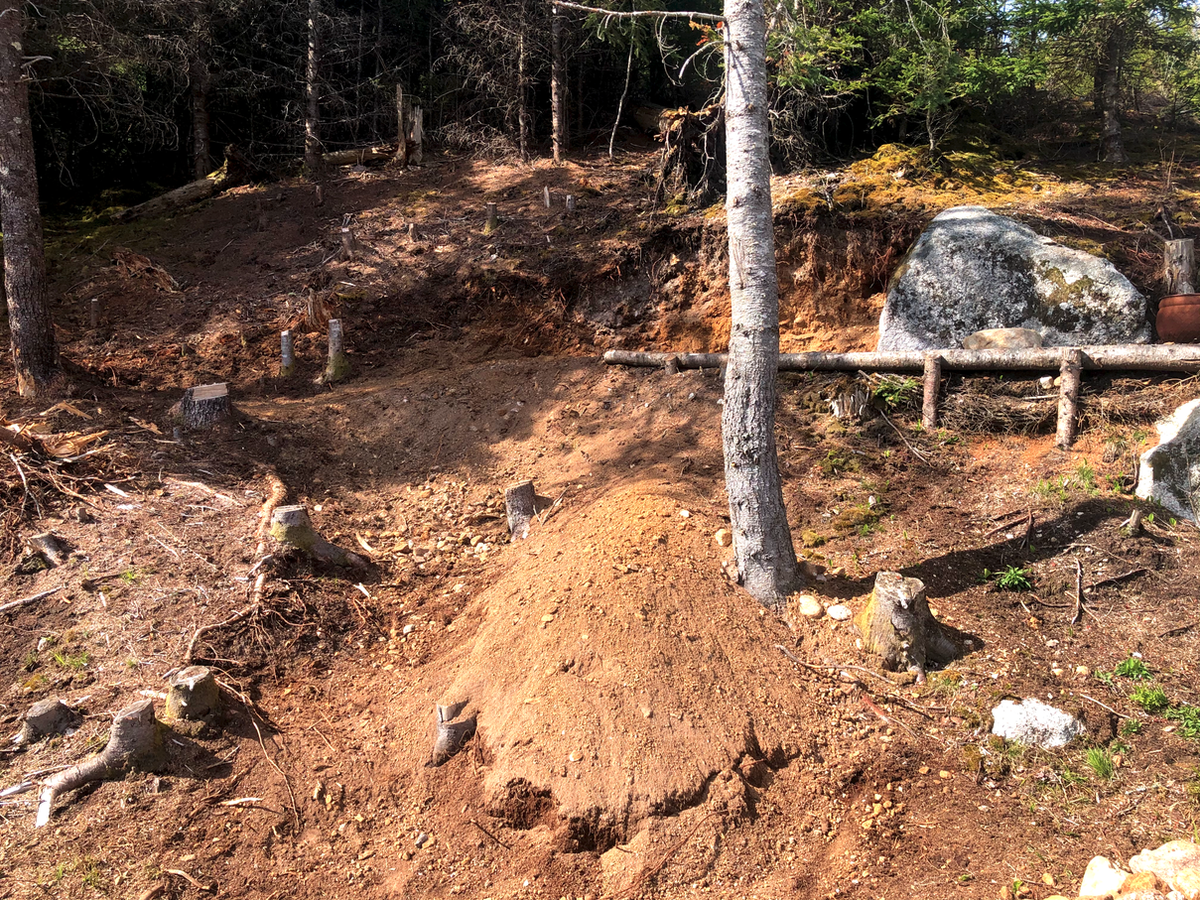
Water is then added to the mixture until it has a consistency similar to sticky pizza dough. The cob is then formed into lumps or balls, and these are used to build up the walls of the structure. The cob is usually built up in layers, allowing each layer to dry before adding the next. This is not always possible though and it tends to firm up over a week or so.
Once the structure is complete, the cob is left to dry and harden, which can take several weeks or even months depending on thickness and orientation to the sun. The resulting structure is strong, durable, and provides excellent insulation (often thermal mass also) and moisture regulating properties.
Cob building is a sustainable and environmentally friendly way of constructing homes and other structures, as it uses natural and readily available materials and requires minimal energy to produce.
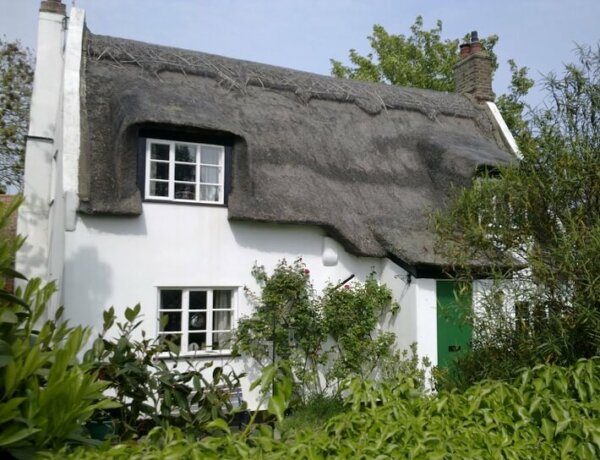
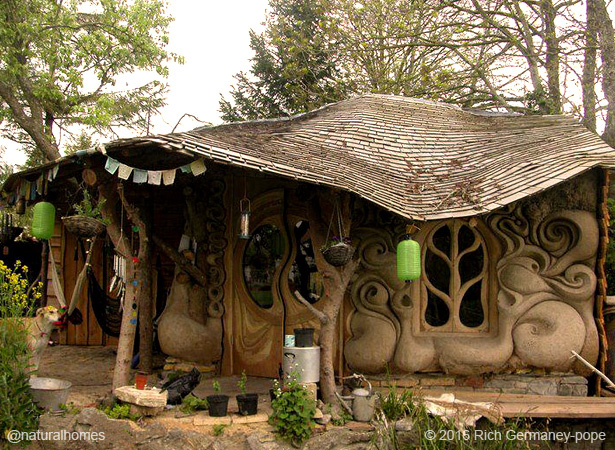
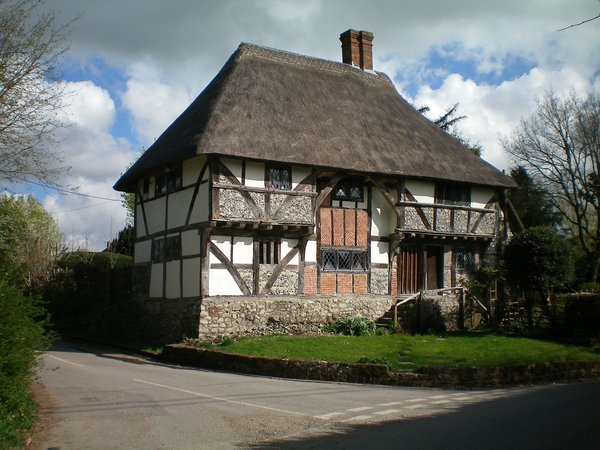
SOME ‘ISTORY
Cob building has a long history in Britain, dating back to pre-Roman times. It is believed that the ancient Britons used a form of cob building to construct their homes and other structures, using mud and straw to create simple wattle-and-daub walls. This technique continued to be used throughout the Roman period of Britain and into the medieval era.
During the medieval period, cob building became more refined, with larger and more elaborate homes and other structures being constructed. Cob was particularly popular in rural areas where it was readily available and could be used to build homes, barns, and other farm buildings.
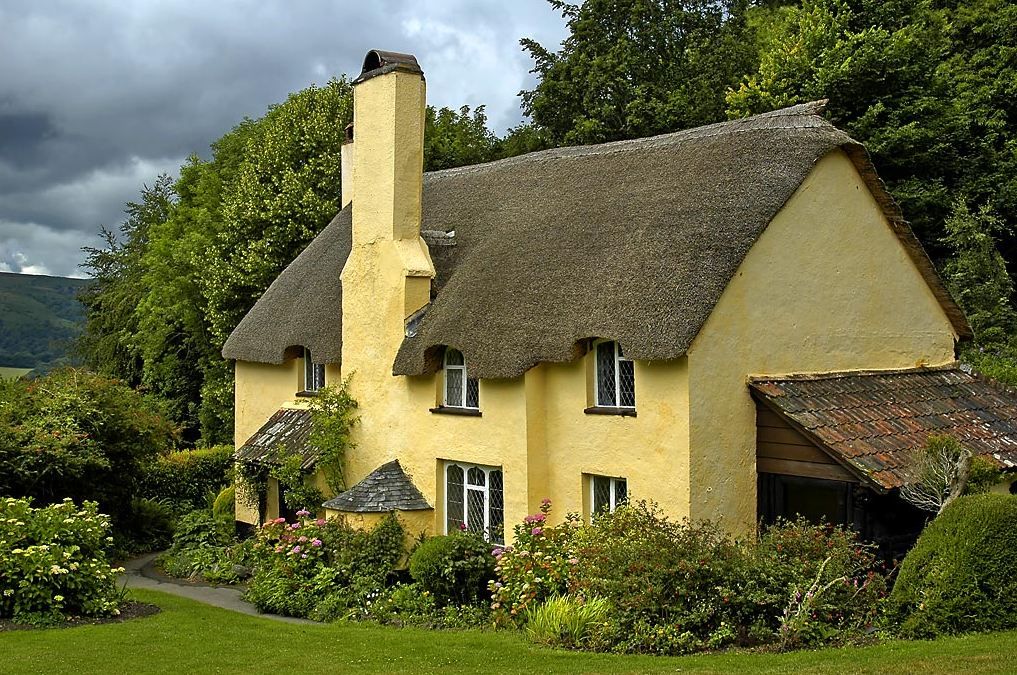
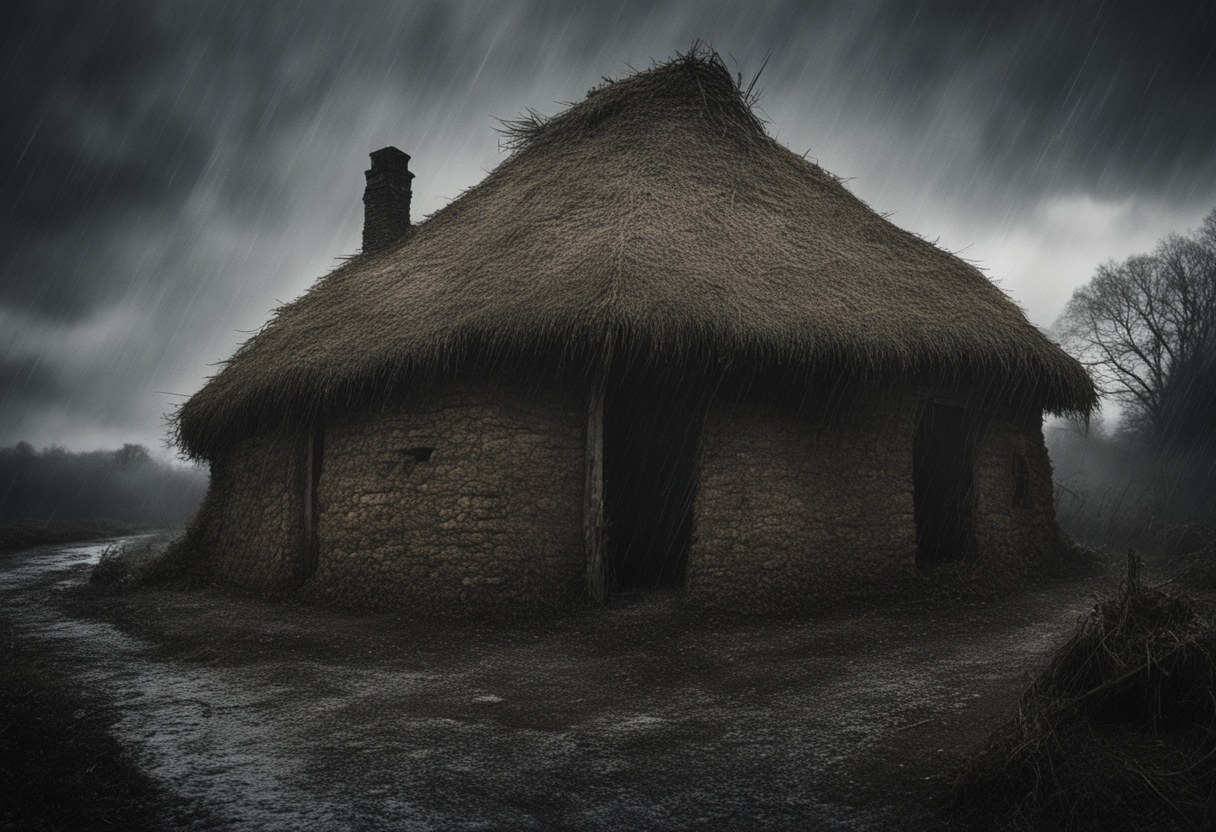
In the 18th and 19th centuries, cob construction declined in popularity in Britain as other building materials such as brick and stone became more widely available. However, there was a renewed interest in cob building in the early 20th century, fueled in part by the Arts and Crafts movement and the desire to create buildings that were more in harmony with the natural environment. Today, there is a growing movement of cob builders in Britain and around the world who are using this traditional building method to create sustainable, environmentally friendly homes and other structures.
Some Benefits Of Building With Cob
| Fire and Earthquake Resistance | Cob houses are resistant to fires and earthquakes due to their natural composition. |
| Low to No Cost | Cob houses can be built using free natural materials, making them a cost-effective option. |
| Sustainable and Eco-Friendly | Cob houses are made from locally sourced, sustainable materials, reducing the carbon footprint of construction. |
| Thermal Mass | Cob houses can regulate temperature, keeping homes cool in summer and warm in winter. |
| Aesthetically Pleasing | Cob houses have a unique, natural beauty that can be shaped and sculpted to create a desired design. |
| Low Maintenance | Cob houses require minimal maintenance, as they are resistant to pests and decay. |
| Improved Indoor Air Quality | Cob houses can improve indoor air quality by reducing the need for synthetic materials and chemicals. |
Please subscribe for more of this stuff!
Modern Peasant on Substack: modernpeasant.substack.com
Or simply subscribe here! Cheers. 🙂

